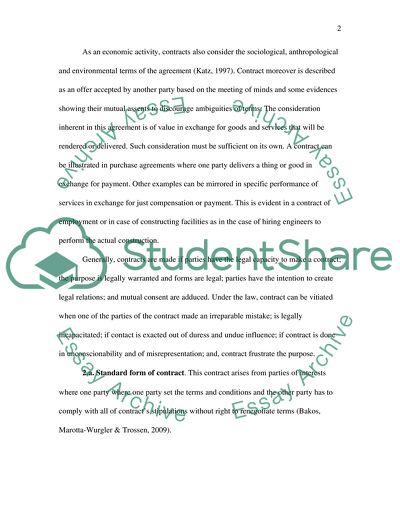Cite this document
(“Managing Contract Risks Assignment Example | Topics and Well Written Essays - 2500 words”, n.d.)
Managing Contract Risks Assignment Example | Topics and Well Written Essays - 2500 words. Retrieved from https://studentshare.org/law/1758350-managing-contract-risks-law
Managing Contract Risks Assignment Example | Topics and Well Written Essays - 2500 words. Retrieved from https://studentshare.org/law/1758350-managing-contract-risks-law
(Managing Contract Risks Assignment Example | Topics and Well Written Essays - 2500 Words)
Managing Contract Risks Assignment Example | Topics and Well Written Essays - 2500 Words. https://studentshare.org/law/1758350-managing-contract-risks-law.
Managing Contract Risks Assignment Example | Topics and Well Written Essays - 2500 Words. https://studentshare.org/law/1758350-managing-contract-risks-law.
“Managing Contract Risks Assignment Example | Topics and Well Written Essays - 2500 Words”, n.d. https://studentshare.org/law/1758350-managing-contract-risks-law.


